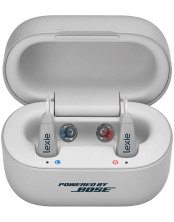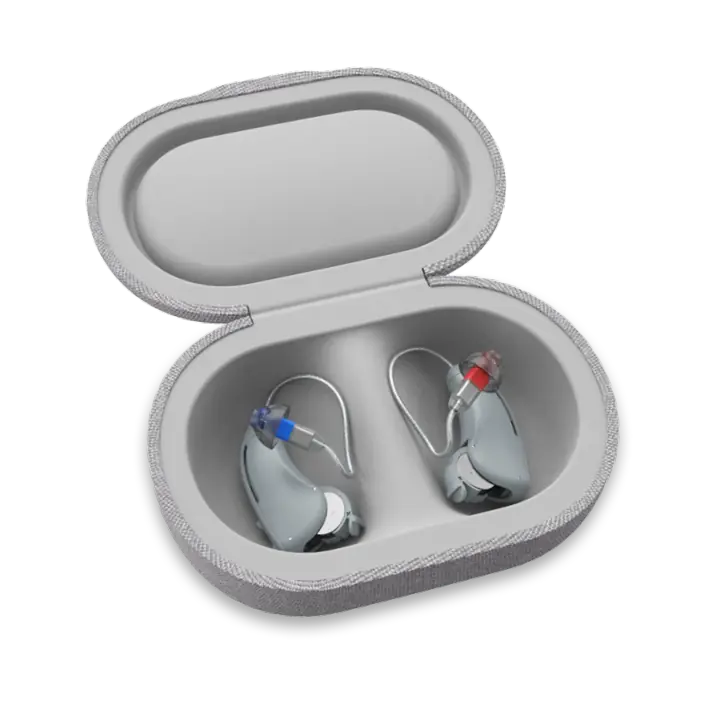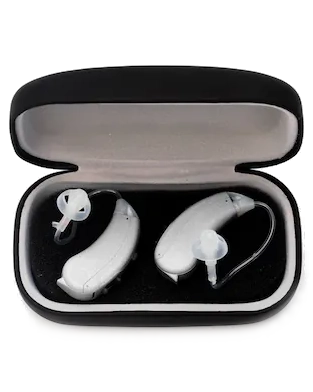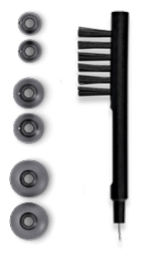The Importance of Acclimatization when Learning to Wear Hearing Aids
Published: March 6, 2024
Updated: March 7, 2024
Hearing loss doesn’t just affect our ears; it impacts our brain’s ability to process sounds effectively. Over time, parts of the ear and brain responsible for detecting sounds become less active, leading to a perception of quietness in our surroundings.
Starting to wear hearing aids requires our brains to re-learn how to focus on important sounds while filtering out distracting signals. This process, known as acclimatization, is crucial for maximizing the benefits of wearing hearing aids. It involves giving your brain the time it needs to re-learn how to focus on important sounds while filtering out distractions. As your brain adapts, the once-distracting signals gradually fade into the background, allowing you to better discern the sounds that matter most.
Start with Small Steps
Acclimatization is a journey that requires patience, persistence, and practice. Here are a few ways you can ensure you are intentional about giving your brain time to adjust.
Volume Level
Begin by setting the volume at a level that is less than ideal to ease yourself into the world of sounds you have not heard for a while. Gradually increase the volume, until you reach a point that is optimal for your hearing needs and comfort. Keep in mind that different listening situations and/or speakers may require different volume levels, regardless of whether you have fully adjusted to your new hearing aids.
Wearing Time
Research has shown that consistent, regular use of hearing aids is beneficial for maintaining hearing and cognitive health, however wearing them all waking hours can be overwhelming for first-time users. Slowly build up the time that you wear them each day. Start by wearing them for short periods in quiet environments and gradually increase the duration over time.
It’s important to know that if you do not wear your hearing aids frequently, you will never fully acclimatize or get the full enjoyment and benefit of wearing them.
Wearing Locations
Start wearing your hearing aids in familiar, quieter environments, such as at home, before gradually introducing them to louder and more complex settings. It helps to start wearing your hearing aids in locations where you have control over the loudness of the environment. Gradually move towards wearing them in noisier/louder and more complex settings.
Remember to use the features available through your Lexie app to adjust and optimize your hearing aids for various listening situations.
Train Your Brain Through Practice Listening
At first, you may struggle to filter out background noises amplified by your hearing aids while trying to concentrate on specific sounds or speakers. However, with practice, you can train your brain to prioritize important sounds and disregard distracting background noise. The human brain is great at adapting and learning new skills, but consistency is key to consolidating these abilities. By regularly practicing with your hearing aids, you can enhance your ability to focus on desired sounds. Here are some suggestions for sounds you can focus on:
Listen to Everyday Noises
Familiarize yourself with common sounds, such as the kettle boiling or sounds through open windows, to get used to how they sound with your hearing aids.
Use Hearing Aids while Watching TV
Practice focusing on the TV while filtering out background noise, helping your brain learn to prioritize important sounds.
Engage in Conversations
Start with one-on-one conversations in quiet rooms with good lighting to make lipreading easier, gradually progressing to group settings.
Practice Outside
Spend time outdoors with your hearing aids to acclimate to various environmental sounds, from the rustling of leaves to the chirping of birds.
Distinguish Background Sounds
Train your brain to distinguish between background noises by gradually exposing yourself to different environments, increasing the time spent in each setting.
Discern Between Sounds
Practice discerning between similar speech sounds by focusing on lip movements and visual cues, gradually transitioning to auditory discrimination exercises without visual aids.
Conclusion
Adjusting to hearing aids is a process that demands patience, perseverance, and dedication. While it may take time for your brain to fully adapt to these new auditory stimuli, the benefits are well worth the effort. By embracing the acclimatization process, you can unlock the full potential of your hearing aids and enjoy a richer, more vibrant auditory experience.






